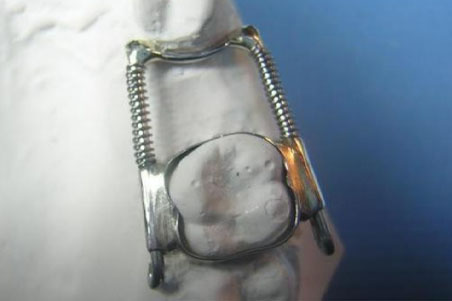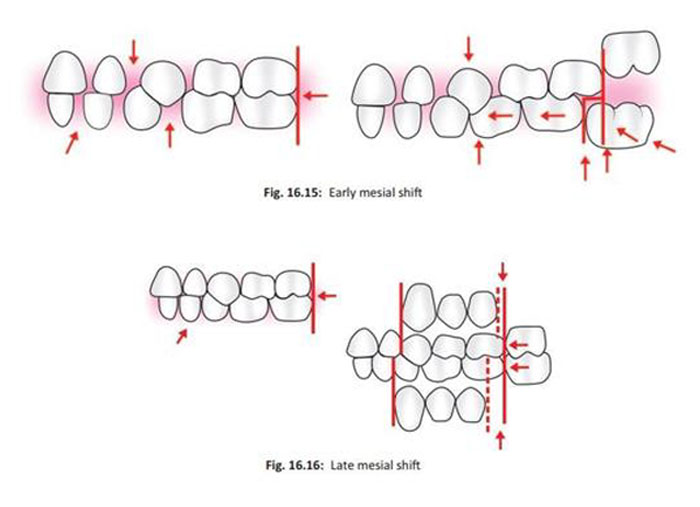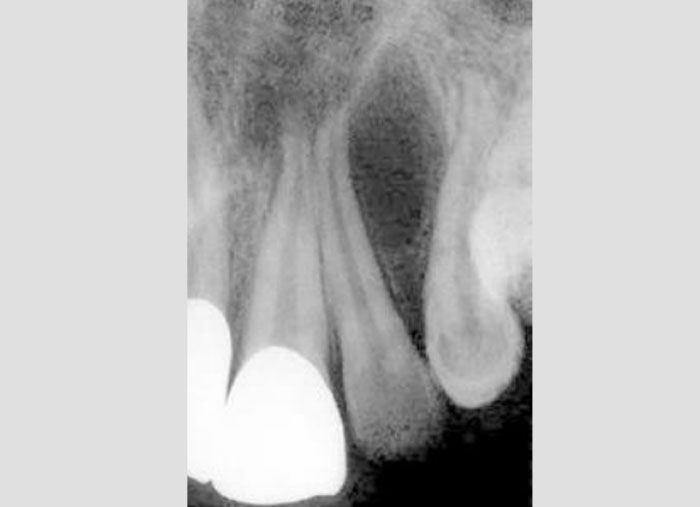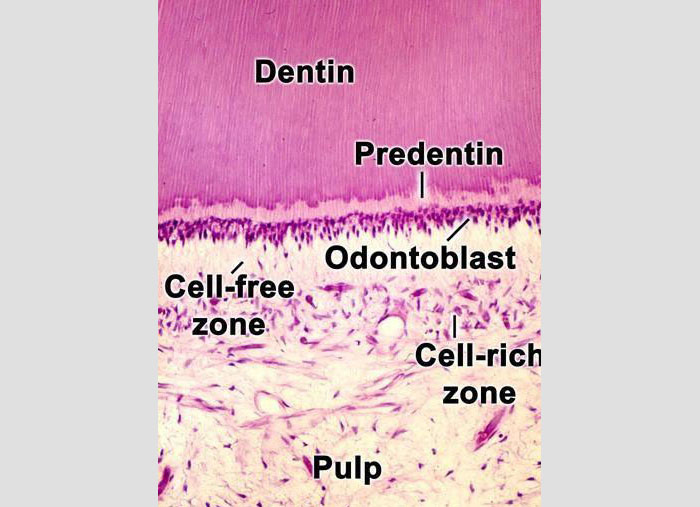- NEED HELP? CALL US NOW
- +919995411505
- [email protected]
SUTURES OF THE SKULL
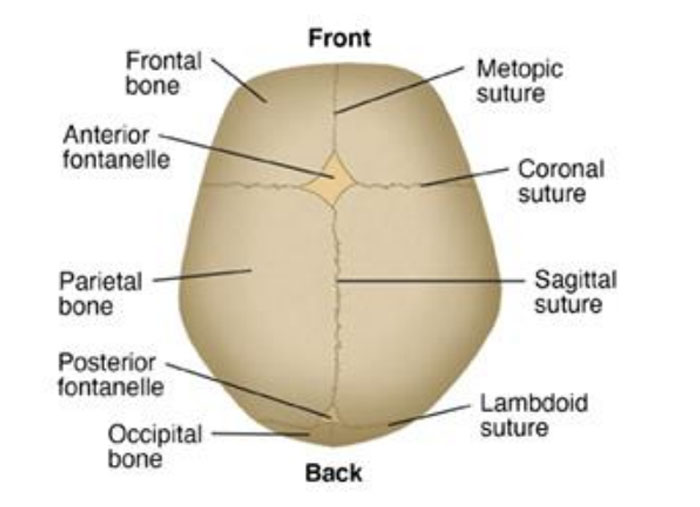
A suture is an immobile joint between adjacent bones of the skull.
- The narrow gap between the bones is filled with dense, fibrous connective tissue that unites the bones.
- The long sutures located between the bones of the brain case are not straight, but instead follow irregular, tightly twisting paths.
- These twisting lines serve to tightly interlock the adjacent bones, thus adding strength to the skull for brain protection.
- The two suture lines seen on the top of the skull are the coronal and sagittal sutures.
- The coronal suture runs from side to side across the skull, within the coronal plane of section .
- It joins the frontal bone to the right and left parietal bones.
- The sagittal suture extends posteriorly from the coronal suture, running along the midline at the top of the skull in the sagittal plane of section .
- It unites the right and left parietal bones.
- On the posterior skull, the sagittal suture terminates by joining the lambdoid suture.
- The lambdoid suture extends downward and laterally to either side away from its junction with the sagittal suture.
- The lambdoid suture joins the occipital bone to the right and left parietal and temporal bones.
- This suture is named for its upside-down “V” shape, which resembles the capital letter version of the Greek letter lambda (Λ).
- The squamous suture is located on the lateral skull. It unites the squamous portion of the temporal bone with the parietal bone .
- At the intersection of four bones is the pterion, a small, capital-H-shaped suture line region that unites the frontal bone, parietal bone, squamous portion of the temporal bone, and greater wing of the sphenoid bone.
- It is the weakest part of the skull.
- The pterion is located approximately two finger widths above the zygomatic arch and a thumb’s width posterior to the upward portion of the zygomatic bone.


